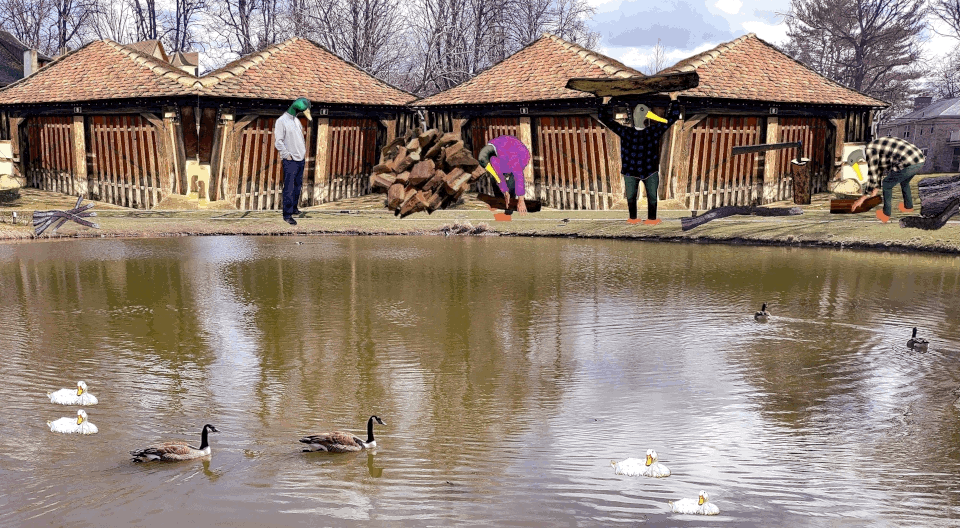
A quick look at my collage this week reveals three men working hard, and one man looking on. He apparently is in a position of authority. It might be reasonable to ask if this man is also exerting leadership. Is there a difference between authority and leadership? This question occurred to me as I designed my collage.
I consulted a number of websites to try to get a clear understanding of the relationship between leadership and authority. Business management websites that addressed the issue differed somewhat from psychology/sociology websites.
According to one business website, Management Study Guide, authority tends to be structural and leadership tends to be personal. The authors of the referenced article suggest that people in authority are obeyed because of the position they hold, without respect to their personal qualities. However, having authority over someone is not the same as influencing them. Leaders...may have formal authorities but they mostly rely on the informal authority that they exercise on people to influence them. This website brings up Ghandi as an example.
Ghandi, 1944
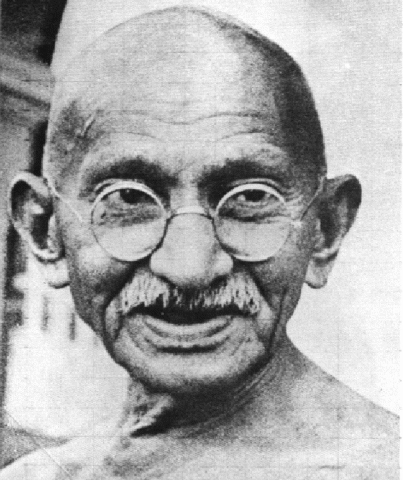
Unknown author: Public domain
However, another website I consulted, BC Campus/Open Textbook, cites research that shows a different leadership/authority dynamic. This website describes a classic experiment (Milgram's Experiment on Obedience to Authority). In this experiment students were recruited. They were told that a research study was designed to determine the effect of punishment on learning. The study subjects were assigned the role of teacher (authority). They were led to believe they were administering electric shocks to a 'student' who was in another room. Every time the 'student' got a question wrong, the 'teacher' was to administer increasingly stronger shocks.
Some study participants refused to give the shocks and backed out of the study. But, 65% of the participants obeyed the instructions of the researcher and continued to administer shocks even after receiving this response from the 'student':
(intensely agonized scream) Let me out of here. Let me out of here. My heart’s bothering me. Let me out, I tell you. (hysterically) Let me out of here. Let me out of here. You have no right to hold me here. Let me out! Let me out! Let me out! Let me out of here! Let me out! Let me out!
Milgram's Experiment
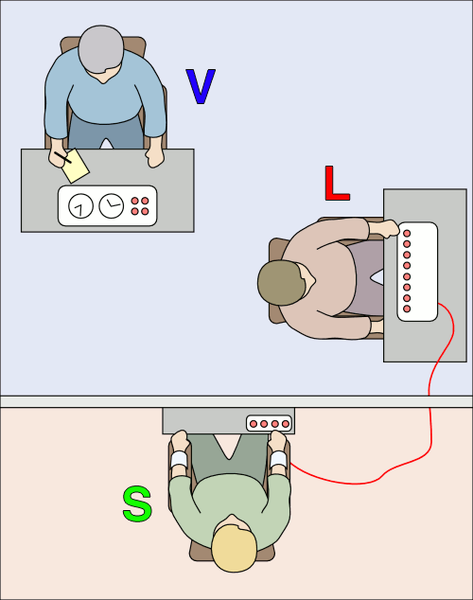
Created by Wapcaplet in Inkscape. SVG version. Used under CC 3.0 license. Legend: V is the person in charge, prompting the study participant to give shocks. L is the study participants giving shocks. S is the actor pretending to be shocked.
What did Milgram's experiment tell him? Milgram "felt that it was the social situation, and not the people themselves, that was responsible for the behavior". The study participants were told that the researcher was a respected scientist at a respected university: this, according to Milgram, gave the researcher greater authority in the eyes of the study participants.
In subsequent experiments, the status of the researcher and the facilities were less prestigious. Obedience to the instructions (shocking the 'learner') was weaker.
So, according to Milgram what does this tell us about authority and leadership? Apparently, obedience and influence have less to do with personal qualities than with the position and relative authority of the person in charge.
We started round #122 of Let's Make a Collage with @shaka's interesting template photo:
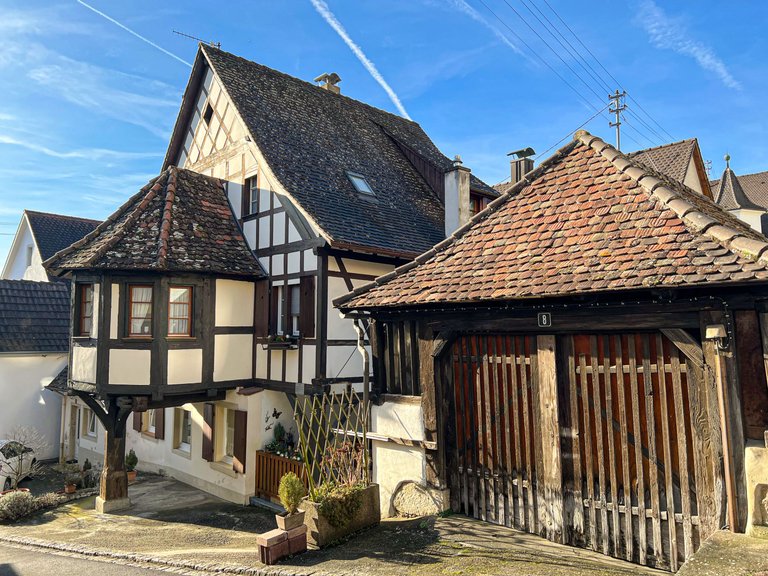
I liked two parts of this image right away, but decided to focus on the gate structure. I don't know where the idea for the wood pile came from, but I remembered @muelli had contributed one to our image library, LIL.
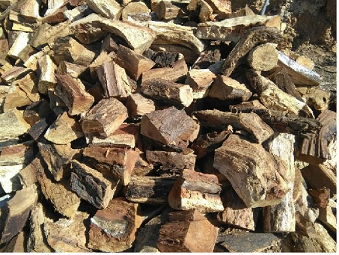
The axe and wood in which it is embedded also came from @muelli.
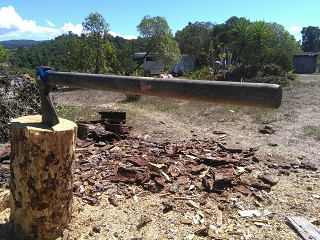
The water scene in the foreground came to mind because I had just done a blog on ponds, so I used my own image from LIL for that.
The idea of the duck people: that just came to me. I asked my husband to strike a few poses and these I used to make my duck people. I used two different ducks. One was a real duck I had contributed to LIL, and the other was a wooden duck (my personal picture).
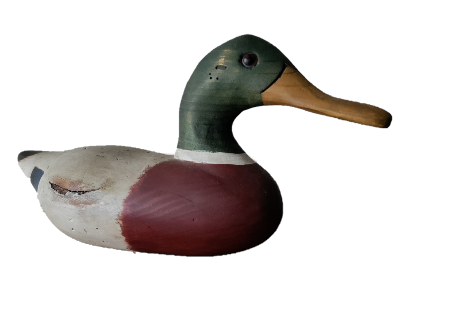
The piece of wood I had contributed to LIL some time ago. The same with the smaller logs. Finally, the beautiful white duck was contributed to LIL by @redheadpei.

Sizing, coloring, painting, making frames: all accomplished with Paint, Paint 3D and GIMP.
Here is one still image from the process:
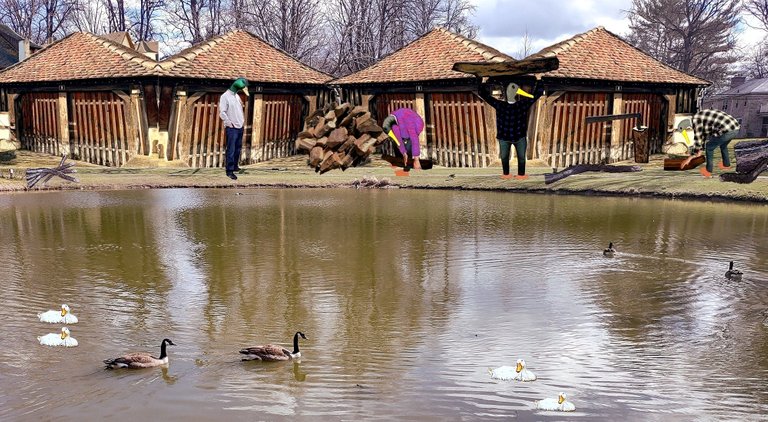
LMAC and LIL
LMAC and LIL both exist because of @shaka's inspiration and leadership. However, he does have a great team. @quantumg is a genius coder and @mballesteros has an aesthetic sense and work ethic that help to keep the community running smoothly.
Of course the essence of the community is the artists, and contributors. Although I do not compete in the contest, I make collages because the experience is rewarding. Anybody on Hive can join the contest or contribute to our image library. Anyone can borrow from the library. Contest rules may be found here. LIL rules and procedures may be found here
Thank you for reading my blog. I hope everyone reading this blog has the most wonderful, productive day.




